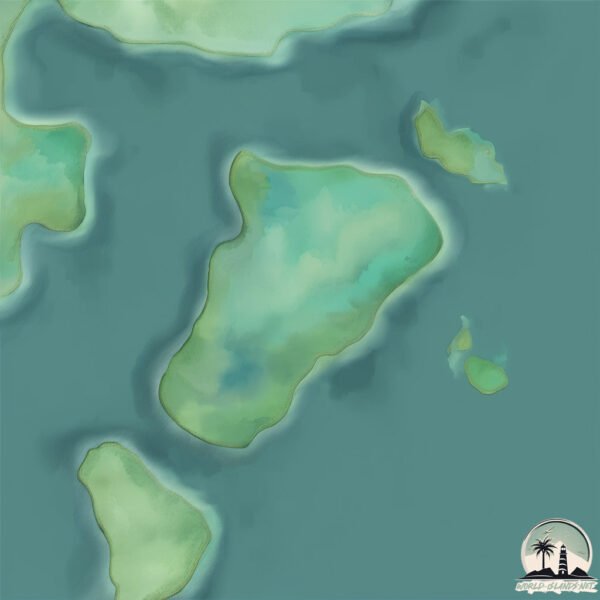Welcome to Isla Refugio , a Temperate island in the South Pacific Ocean, part of the majestic Pacific Ocean. This guide offers a comprehensive overview of what makes Isla Refugio unique – from its geography and climate to its population, infrastructure, and beyond. Dive into the details:
Geography and size of Isla Refugio
Size: 0.468 km²Coastline: 3.1 kmOcean: Pacific OceanSea: South Pacific OceanContinent: South America
Isla Refugio is a Tiny Island spanning 0.468 km² with a coastline of 3.1 km.
Archipel: –
Tectonic Plate: South America – A major plate covering the South American continent and part of the Atlantic Ocean, known for the Andes mountain range and significant seismic and volcanic activity.
The geographic heart of the island is pinpointed at these coordinates:
Climate and weather of Isla Refugio
Climate Zone: TemperateClimate Details: Temperate Oceanic ClimateTemperature: Warm Summer
Climate Characteristics: Known for its moderate year-round temperatures with ample rainfall and no dry season. Warm summers are characteristic.
Topography and nature of Isla Refugio
Timezone: UTC-04:00Timezone places: America/La_PazMax. Elevation: 18 m Mean Elevation: 15 mVegetation: Evergreen Broadleaf ForestTree Coverage: 87%
The mean elevation is 15 m. The highest elevation on the island reaches approximately 18 meters above sea level. The island is characterized by Plains: Flat, low-lying lands characterized by a maximum elevation of up to 200 meters. On islands, plains are typically coastal lowlands or central flat areas.
Dominating Vegetation: Evergreen Broadleaf Forest
Vegetation: 2 vegetation zones – Low Diversity Island
Infrastructure and Travelling to Isla Refugio
Does the island have a public airport? no .
Does the island have a major port? no .
The mean population of Isla Refugio is 15 per km². Isla Refugio is Gently Populated. The island belongs to Chile .
Continuing your journey, Quilan is the next notable island, situated merely km away.
How did I end up here? 3 Day Survival - Island Shelter
My Instagram: https://www.instagram.com/luke.rngd/ In this video I go camping on an island. I stay there for 3 days and survive.
How did I end up here? 3 Day Survival - Island Shelter
Isla Refugio - Isla Angel de la Guarda - Sea of Cortez Sailing - Mexico Cruising - Koper Kabana
Music: Artist: A Tribe Called Quest - Song: Electric Relaxation.
Music: Artist: A Tribe Called Quest - Song: Electric Relaxation.
Baja's Isla Ángel de la Guarda and Puerto Refugio in 4K
See the sea lions on Guardian Angel Island in Baja California. Puerto ...
See the sea lions on Guardian Angel Island in Baja California. Puerto Refugio is the huge bay on the Northern tip of the island ...
Chile is classified as Emerging region: G20: Group of Twenty – Major economies comprising both developed and emerging countries, representing the world’s largest economies. The level of income is Upper middle income.
News – Latest Updates and Headlines from Isla Refugio
Stay informed with the most recent news and important headlines from Isla Refugio. Here’s a roundup of the latest developments.
Loading...
Please note: The data used here has been primarily extracted from satellite readings. Deviations from exact values may occur, particularly regarding the height of elevations and population density. Land area and coastline measurements refer to average values at mean high tide.

